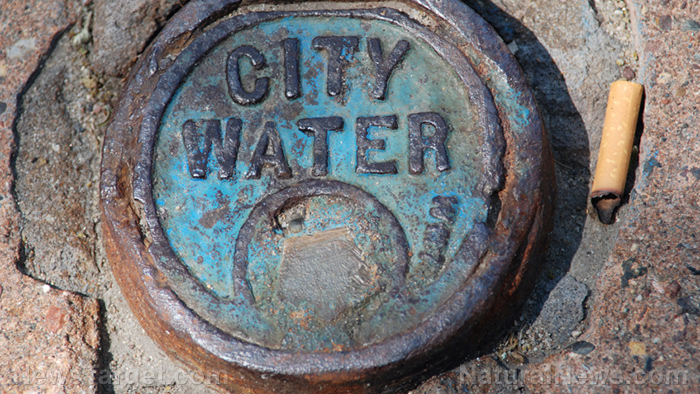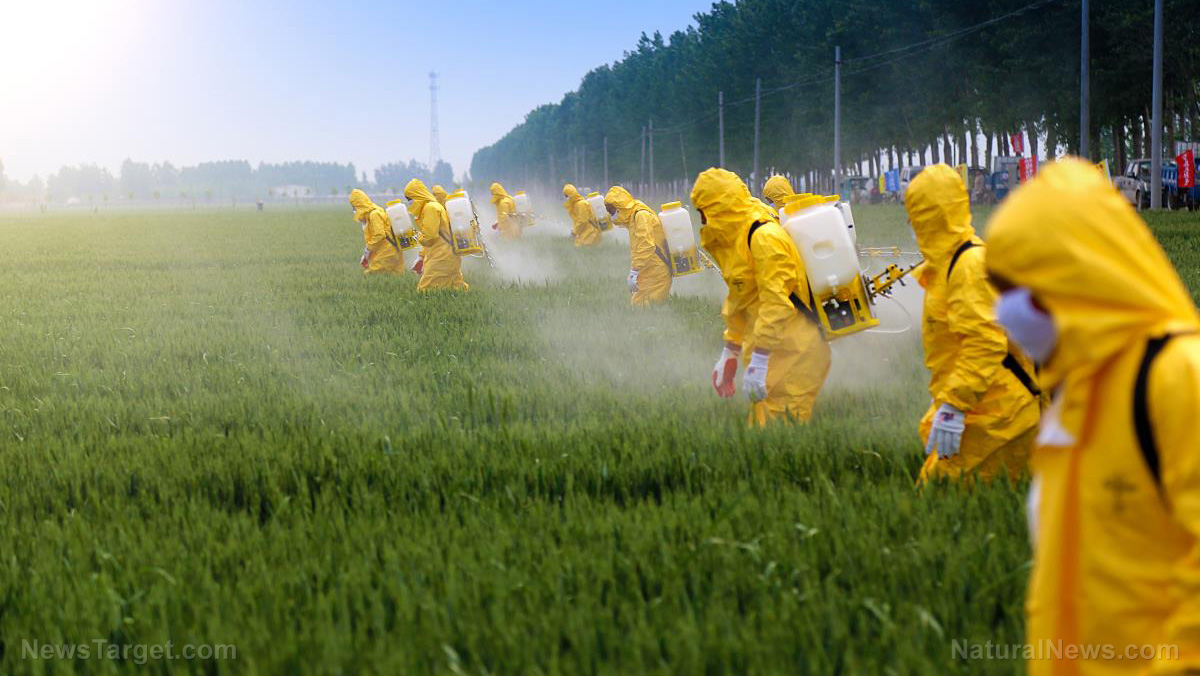If you thought the Flint, MI lead poisoning was bad, it turns out that numerous communities in California are even worse. Blood testing data gathered by Reuters has revealed that children from one Fresno community had blood lead levels up to three times higher than those seen in children from Flint.
Even though California is known for their staunch environmental advocacy, it appears that the Golden State is not immune to the hazards of lead. High rates of childhood lead poisoning have been observed in a number of Bay Area communities, along with downtown Los Angeles. In one area of Fresno, 13.6 percent of blood samples collected from children under the age of six revealed high levels of lead — compared to just 5 percent across the city of Flint, MI during the water contamination crisis.
Altogether, 29 Californian communities were found to have childhood lead poisoning rates that were at least as high as Flint’s.
California Assemblymember Bill Quirk, who chairs the state legislature’s Committee on Environmental Safety and Toxic Materials stated,“It’s a widespread problem and we have to get a better idea of where the sources of exposure are.”
As Reuters explains, other states provided the media outlet with testing results from all zip codes or census tracts. California, however, withheld data from areas where there were fewer than 250 children screened, stating that data from those areas would be “less reliable.” The available data included 400,000 children from 546 zip codes, which Reuters notes likely omits many neighborhoods where lead poisoning is still a serious issue, but not enough children were screened. Unsurprisingly, California’s Public Health Department claims that comparisons of their blood testing results to other states “aren’t warranted,” because the state tests children that they deem “at risk” of lead exposure. In areas affected by high levels of lead poisoning, government officials are at least taking action. Cities like Oakland and Emeryville have proposed ordinances and resolutions to help combat exposure to lead.
Lead exposure strikes the nation
Flint, Michigan made headlines when it was revealed that the municipal water supply had been poisoning the townspeople with lead. Childhood lead poisoning rates reached 5 percent in the area, and hearts went out to the community. But Flint is sadly not alone in their lead poisoning crisis, and the communities of California are not the only ones keeping it company. In fact, the Flint crisis is downright mild compared to the levels of lead some other communities have been afflicted with. Countless cities and towns across the United States are riddled with the toxic heavy metal: It’s in the soil, the water and many homes.
In 2016, Reuters discovered that there were some 3,000 communities in the US with childhood lead poisoning rates that were at least double that of what was seen in Flint. And over 1,000 of these communities exhibited elevated blood lead levels that were four times higher than those seen in Flint. For example, in Warren, Pennsylvania, a staggering 36 percent of the children tested had high blood lead levels. And in some areas of Baltimore, Cleveland and Philadelphia, the rate of high lead content in blood samples has reached between 40 and 50 percent within the last decade. (RELATED: Follow more news on heavy metals poisoning and contamination at METALS.news.)
The dangers of lead
Lead poisoning is a national problem. In children under the age of 6, the threshold for elevated blood lead levels is just 5 micrograms per liter. Because there is no safe level of exposure, even this seemingly small amount is enough to be damaging, especially to children.
Lead was once commonly used in fuel, household paint and plumbing materials, and is still often found in older buildings. Lead is a known neurotoxin, and children are especially susceptible to its effects. It can cause irreparable damage to almost all organ systems in the human body, but is most known for its ability to disrupt cognitive development and cause learning disabilities. The neurological effects of lead are generally the most immediate, but this does not mean that other ill effects cannot occur, even later in life. According to the Agency for Toxic Substances and Disease, childhood lead poisoning can contribute to other health issues later in life such as kidney issues, hypertension, reproductive difficulties and it can also affect the health of future offspring. So not only can lead poisoning harm children, it can set the stage for your children’s children to have health issues.
Sources:
Reuters.com
News.Vice.com
Reuters.com
ATSDR.CDC.gov



















